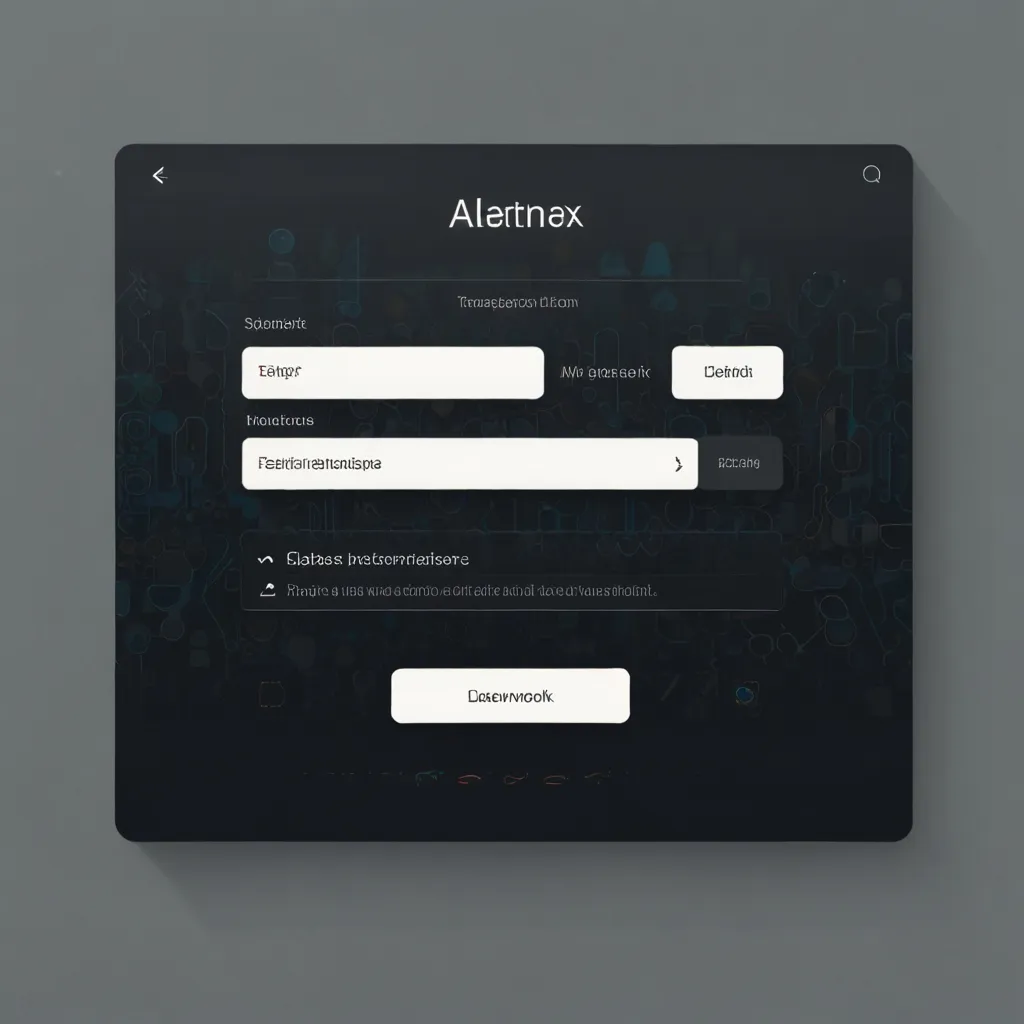Ruby on Rails, often simply called Rails, is a PHP framework that has become a go-to for developers looking to build web applications swiftly and efficiently. Developed by David Heinemeier Hansson, it first appeared in 2004 and has since become a staple in the web development world. Its simplicity and vast array of built-in tools make it a versatile choice for building anything from small websites to large-scale applications.
You may wonder, what exactly is behind Rails? At its core, it’s powered by the Ruby programming language. Introduced by Yukihiro Matsumoto, Ruby’s main selling point is its human-friendly syntax. Unlike other more complex programming languages, Ruby reads almost like regular English, making it easier for developers to get their ideas down in code. Matsumoto wanted to prioritize ease of use over the sheer efficiency, and many developers have come to appreciate this thoughtful approach.
Rails layers on top of Ruby with a framework to streamline the web development process. With Rails, developers don’t have to spend precious time focusing on the nitty-gritty details of their app’s infrastructure. Instead, Rails handles that with its Model-View-Controller (MVC) architecture.
So, what’s the deal with this MVC thing? It’s all about organizing your application into three parts. The Model takes care of your data and the rules for interacting with it. The View is what users see—the HTML, CSS, and JavaScript that form the images and text on your browser. The Controller is the go-between that processes user inputs and serves up the appropriate view and data in response. This clear separation makes your code more organized and easier to manage.
Now let’s talk about Active Record, one of the standout features of Rails. It’s a library that allows you to interact with your database without having to write any SQL. Imagine needing to fetch data from a database. Instead of writing a complex SQL query, you can use simple Ruby methods that Active Record translates into SQL under the hood. This abstraction boosts productivity because developers don’t need to dip into the murky waters of SQL unless they want to.
One of the cool things about Rails is its scaffolding capability. With just a few commands, Rails can generate a lot of the code you need to get your app up and running. This approach aligns perfectly with the “Convention over Configuration” principle. Rather than making you set up everything from scratch, Rails assumes sensible defaults and handles much of the configuration itself.
No one can overlook the importance of security when it comes to web development. Rails has several built-in features to keep your application secure. For instance, it takes care of SQL injection issues with parameterized queries, helping keep your data safe from malicious attacks. It also allows for encryption and password hashing using industry-best practices so that sensitive information like user passwords stay secure. Regularly updating dependencies and being vigilant about security patches are also a must to ensure that your app stays protected from vulnerabilities.
Rails has some serious advantages. Its high productivity is a big draw; with so many built-in tools and libraries, you can get your app up and running in no time. The Rails community is massive and very active—there are tons of resources and a multitude of gems (Ruby libraries) that can easily be added to any project. The emphasis on code quality and test automation ensures that your application will be robust and reliable.
However, no framework is without its downsides. Rails is generally slower than some other frameworks like Node.js or Go, which might be an issue for applications needing high performance. The boot speed of a Rails app can also be slower compared to others, potentially affecting development and deployment times. Additionally, while Rails is excellent for standard web applications, it can be less flexible for highly customized solutions due to its strong conventions.
Despite these drawbacks, many big-name companies use Ruby on Rails successfully. Airbnb, for example, leverages Rails to manage its complex booking system and user interactions efficiently. Twitch, the bustling live streaming platform, uses Rails to handle its high traffic and real-time interactions. Even Goodreads, the social networking site for book lovers, relies on Rails to cater to its vast community.
To sum it up, Ruby on Rails is a force to be reckoned with in the web development world. Its combination of Ruby’s readable syntax, Rails’ powerful framework, and a vast array of built-in tools has made it a favorite among many developers. While it does have some limitations in terms of speed and flexibility, its productivity, strong community support, and robust features make it a formidable choice. Whether you’re building a simple site or a complex application with a high user load, Ruby on Rails offers the tools and structure you need to build something great.






